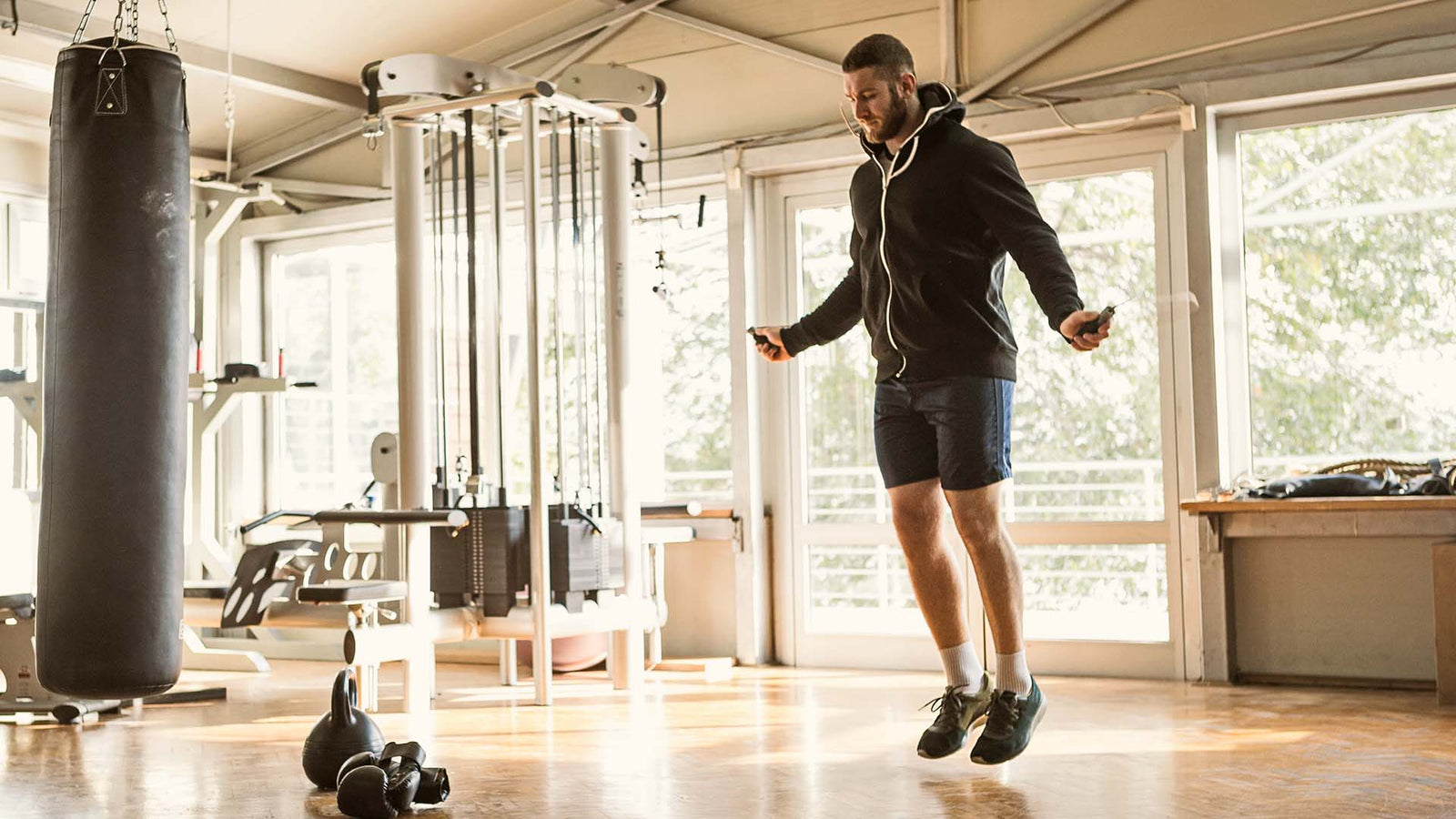With guest blogger, Caro Sternberg
Everyone is dying to know the magic combination of how much cardio they should be doing to achieve the muscle tone or fat loss they’re after. This is one of the most asked questions I get, and it’s also one of the most complicated to answer because it all depends on what your fitness goals are. It’s also important to understand that everyone's body is different and will react differently to a cardio routine. So, keeping that in mind, it is crucial to reevaluate every few weeks and consult with a fitness coach, depending on how your body is reacting to the workload.
Before we get into answering the question, I want to remind you of a few important things about cardio, specifically long duration cardio (45 minutes or more). It’s important to understand that when we put our bodies through long durations of cardiovascular exercise a stress hormone called cortisol is released. Excessive aerobic activity increases cortisol production. The longer the duration, the higher the cortisol and the longer it takes for levels to return to normal. Constant high levels of cortisol tax the body’s recovery systems, taking the body a longer time to bring the cortisol levels back to normal. However, there is a way to bypass the release of cortisol by focusing on maintaining a lower heart rate during the session so that your body can recover faster and injuries can be avoided.
Now that we touched on the potential harm of too much cardio, let’s talk about the benefits of cardio and what it can do for your body. There are three main things to focus on when we talk about adding cardio to your fitness program:
Frequency: How many sessions per week
Duration: The length of each session
Intensity: How hard you’re working (measured in heart rate output)
If your fitness goal is to gain muscle and improve your cardiovascular strength you should be focusing on a shorter duration, 20-30 minutes, two to three times per week at a high intensity (a HR response between 70-83% of your max heart rate). If you wear a smartwatch, you can easily track your HR response with exercises such as sled pushes/pulls/drags, loaded carries, sprints, etc. This will mean that you will be taxing your cardiovascular system just enough, but not too much. You will be allowing your body to maintain muscle mass, but also get into a “fat-burning” zone by hitting a high HR during the sessions.
If your goal is to burn fat and focus on cardiovascular endurance you should be focusing on longer sessions, at a moderate intensity. For example, 30-45 minutes three days a week, doing activities such as swimming, jogging, uphill walking, or cycling. Low-intensity cardio can help you burn calories and drop pounds, but will also sacrifice some muscle mass.
I always recommend speaking with a Certified Personal Trainer, kinesiologist, or sports specialist when starting a new cardio program to make sure it is the right fit for your goals.

